The highly limited Pagani Imola is powerhouse racecar for the road, and a vehicle-laboratory where important innovations have been devised, tested and developed.
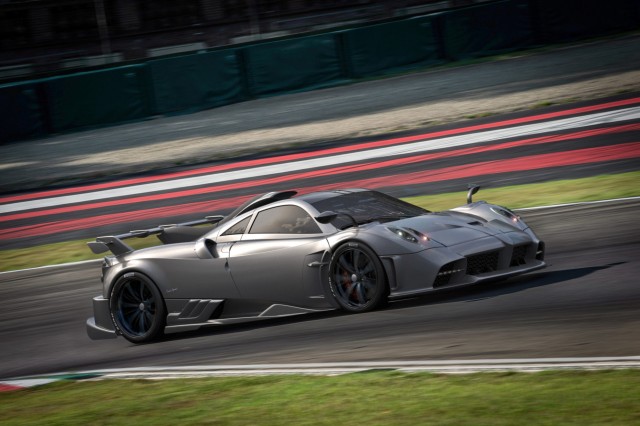
The Pagani Imola marks a major step forward in the technological and scientific progress of Pagani Automobili. Named after the racetrack on which it was modelled and fine-tuned, the new Pagani Imola is a roadworthy race-ready hypercar. It has been conceived and built with an entirely racing temperament that embodies the maximum expression of Pagani Automobili’s track technology. Some of the new features have already been used in the Huayra Roadster BC and will be a feature of Pagani’s future creations.
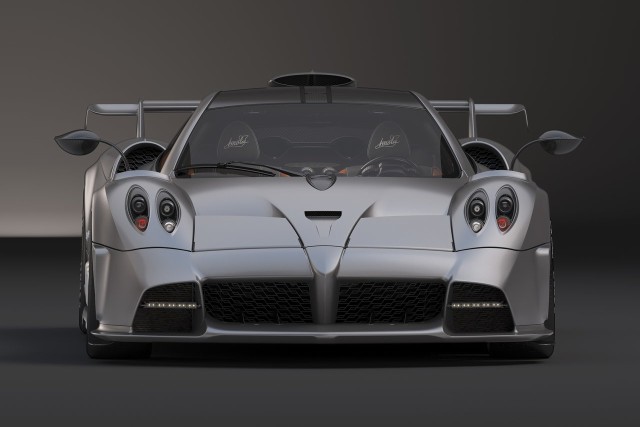
The new Pagani Imola uses the active aerodynamics system first seen on the Huayra; also the first road-legal vehicle ever to be equipped with the technology where each of the four mobile winglets behaves according to the driving circumstances in a dynamic and immediate way and even when braking, by generating an aerodynamic braking action.
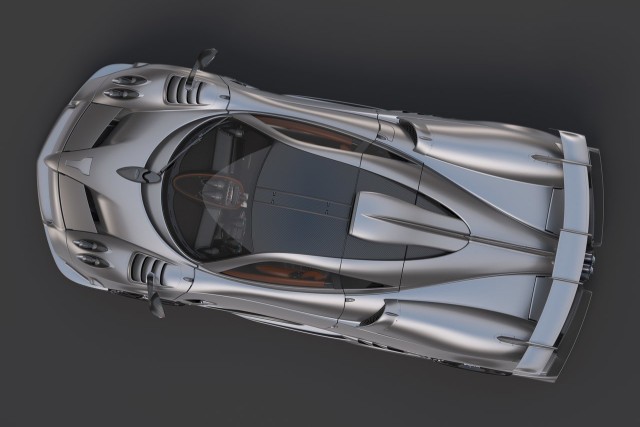
The suspension geometry on the Pagani Imola has been designed to transfer the tremendous output from the Mercedes-AMG 6.0-litre biturbo V12 — 827 hp and 1,100 Nm of torque, sent to rear wheels via the Xtrac seven-speed ‘box — to the ground, reduce the dive effect and sway when braking, so much so, the driver can take a corner by braking at the last thousandth of a second. It also gets electronically-controlled active shock-absorbers for each wheel with the system interconnecting them. The front suspension can vary ride height in dialogue with the central unit, which handles active aerodynamic control as well as controls the engine, differential and gearshift functions. A new Smart Gas system reduces shift times and enhances the racing character.
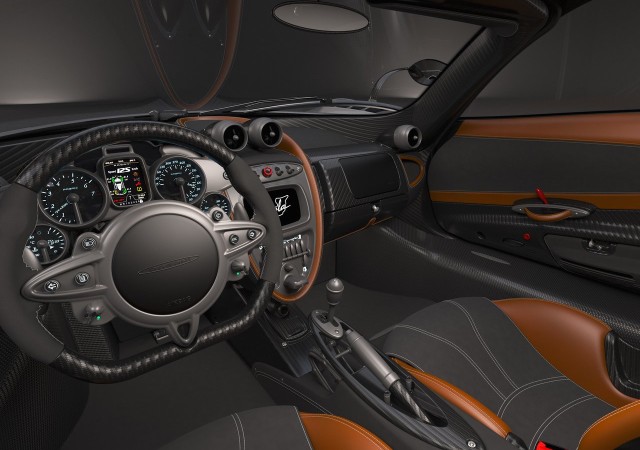
The Pagani Imola highlights the aspirational brand’s strong commitment to advanced composite materials. The new Carbo-Titanium HP62 G2 and Carbo-Triax HP62, developed for the ultra-reinforced central monocoque, was created to reduce weight while increasing torsional and bending stiffness. The fanatical attention to weight-saving gets to new heights with Acquarello Light, a new bespoke painting system that reduces the weight of the paint by five kg while maintaining richness, depth and shine. The extreme research for weight saving conducted by Pagani over the years has led to the increasingly extensive use of noble alloys, such as those of aluminium, titanium and chrome-molybdenum steel. On the new Pagani Imola, there are more than 770 forged or CNC-machined components, with a new texture-look finish specifically applied to the aluminium parts. The innovative Brembo braking system has been optimized, through intensive aerodynamic study and dedicated tests, to further improve the entire cooling system. Pagani also worked with Pirelli for the new Next MIRS system tyres that would provide excellent performance on-track and also be communicative and easy to drive.
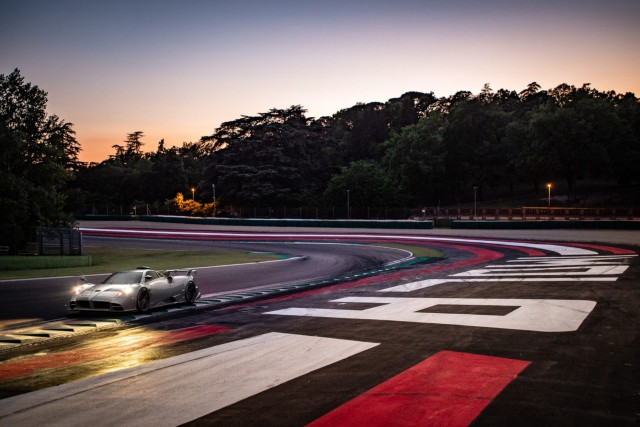
Following in the footsteps of the gorgeous Zonda Cinque, only five examples of the Pagani Imola will be built. In addition to the regular and already scrupulous validation process, the test Imola has covered over 16,000 km on the track at racing speed — the equivalent of about three times the 24 Hours of Le Mans.
Horacio Pagani, Founder and Chief Designer of Pagani Automobili, said, “The aerodynamic technology behind the Pagani Imola is evident in three of its key features: the general outline, the internal aerodynamics and the external aerodynamic details, such as the fins, winglets and deflectors. We can’t say that it’s an elegant car. We wanted an efficient vehicle, and just as you’d expect if you were looking at an F1 single-seater, this led us to design a car with additional aerodynamic features. So, although on the one hand these details may detract from the lines and overall aesthetics of the vehicle, on the other, they also allow to improve lap time, ease of driving and especially safety. Speaking of safety, we could have reduced the ground clearance so as to increase the downforce effect by taking advantage of the vehicle’s flat bottom. But don’t forget, the public roads are very uneven and can lead to the loss of several hundred kilograms of downforce in just a few instants. Well aware of these dangers, we worked very carefully on the upper part and details of the car.”
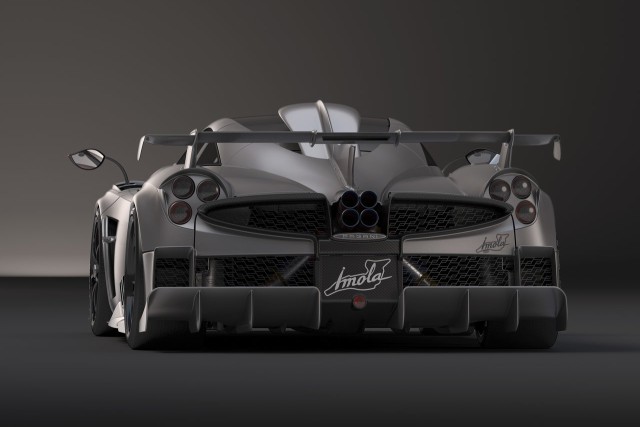




















Leave a Reply